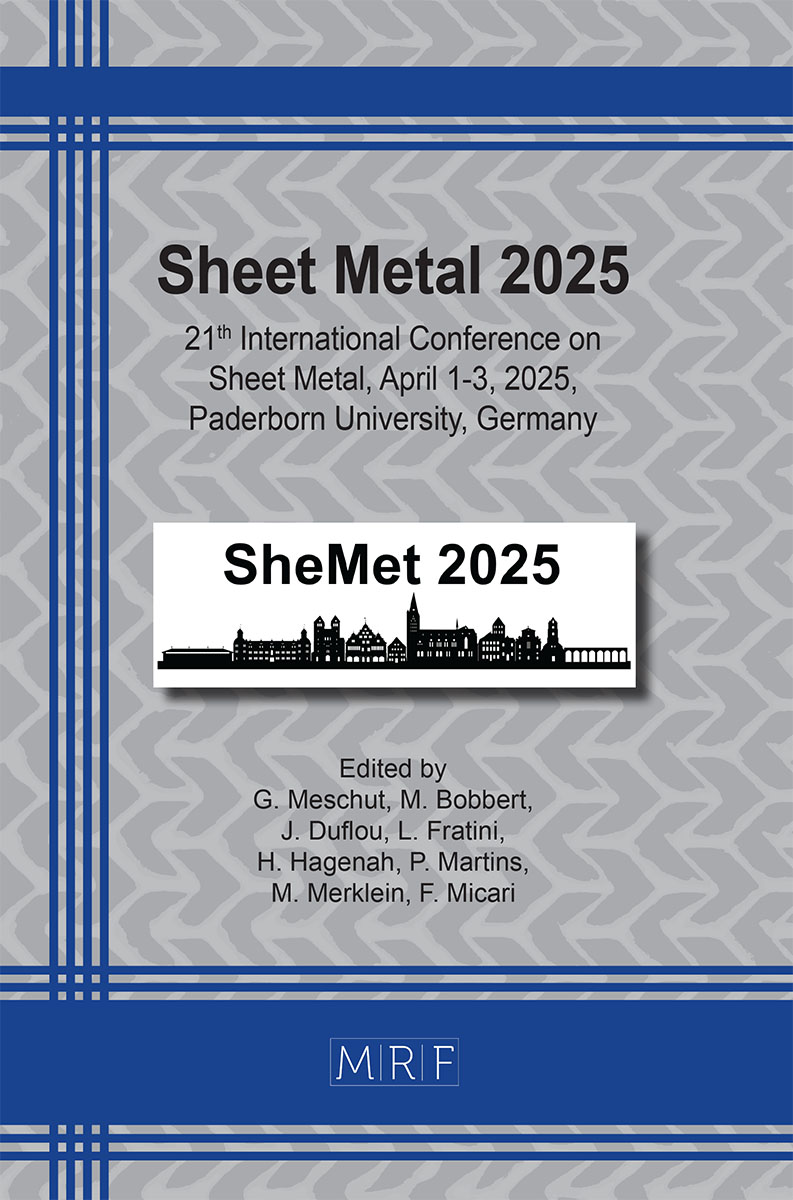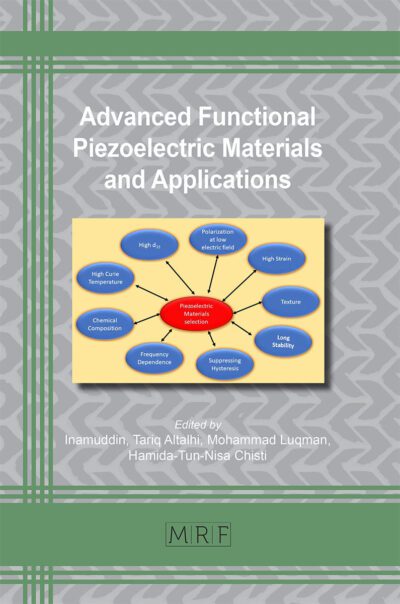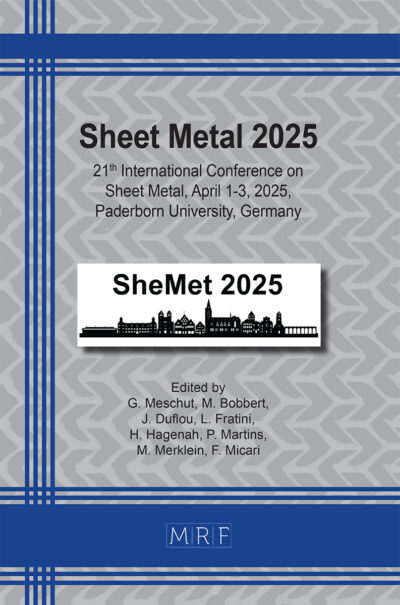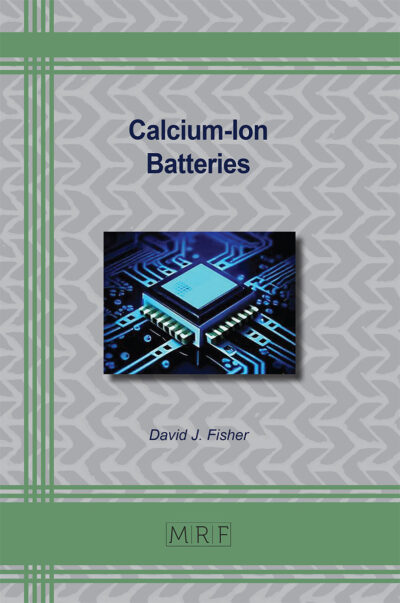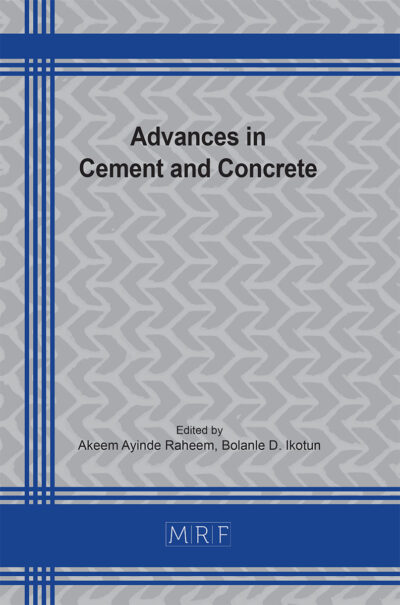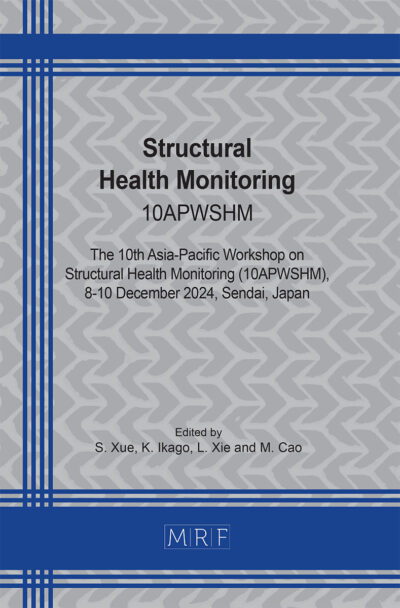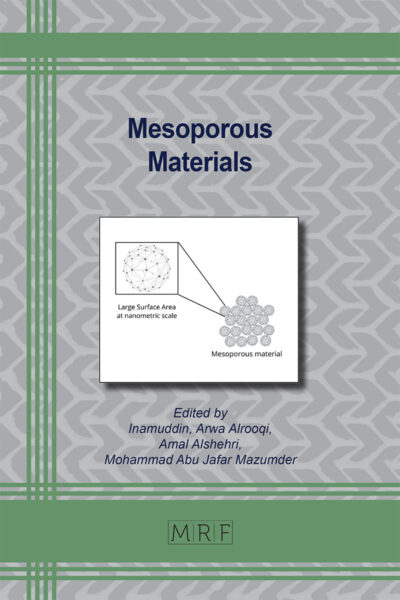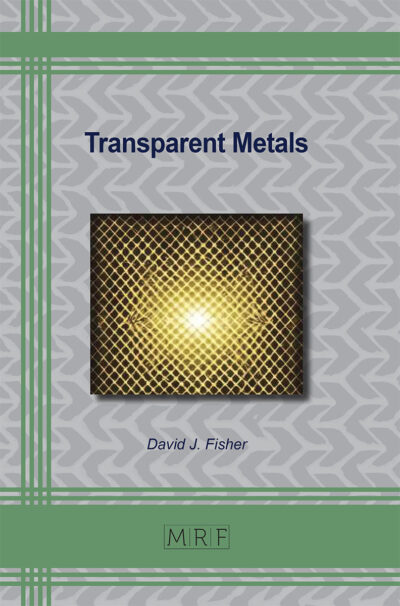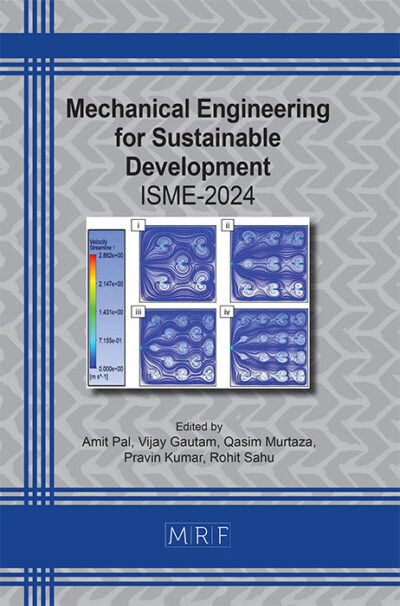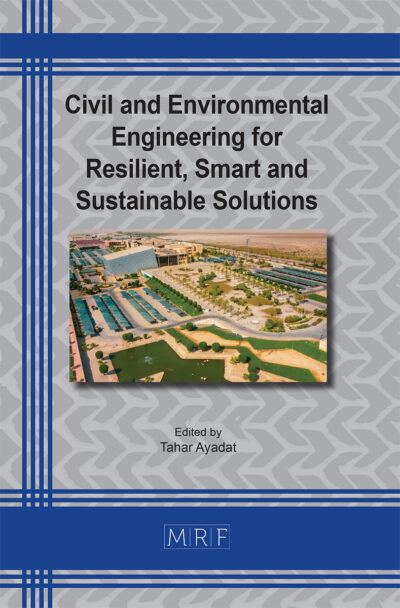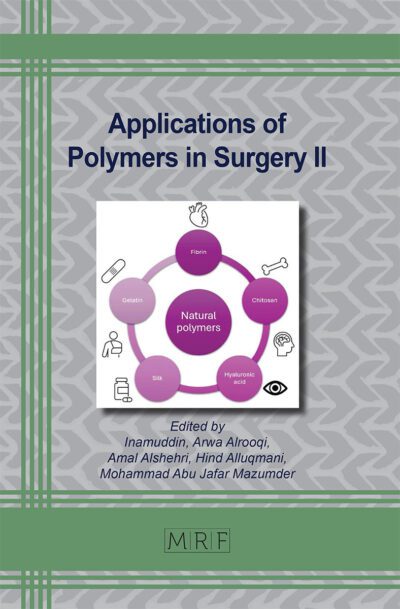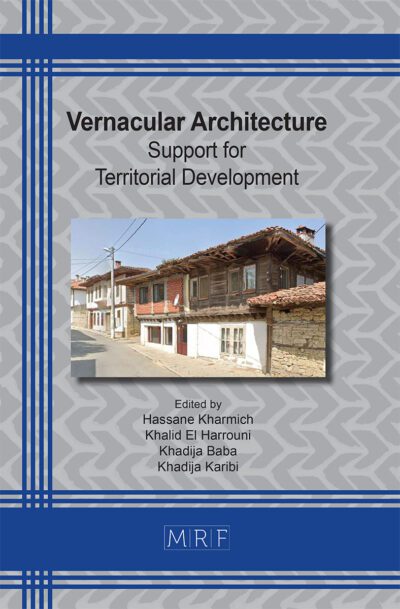Joining process for fiber-reinforced thermoplastics and sheetmetal without additional adhesion promoter
Bernd-Arno Behrens, Annika Raatz, Sven Hübner, Christoph Schumann, Jörn Wehmeyer
Abstract. Thanks to their excellent mechanical properties and low structural weight, multi-material structures offer a promising solution for lightweight design, body construction, and functionalisation in the automotive industry. A common approach is combining metal and plastic to enhance the performance of the final component compared to single-material structures. This paper presents the development of a manufacturing cell for joint forming and heat-assisted press joining of steel and continuous fiber-reinforced thermoplastics, specifically using unidirectional carbon-fiber tapes. To achieve shorter cycle times and ensure cost-effective production, the manufacturing cell was equipped with two robots for automated handling and utilised an isothermal two-stage forming tool concept. The produced composite components were evaluated regarding their mechanical performance, confirming the feasibility of the process. All composite parts demonstrated higher specific load capacity compared to pure steel components. Cycle times of less than 60 s were consistently achieved, marking a significant reduction in process time compared to variothermal tool concepts.
Keywords
Tool, Manufacturing, Polymer
Published online 4/1/2025, 9 pages
Copyright © 2025 by the author(s)
Published under license by Materials Research Forum LLC., Millersville PA, USA
Citation: Bernd-Arno Behrens, Annika Raatz, Sven Hübner, Christoph Schumann, Jörn Wehmeyer, Joining process for fiber-reinforced thermoplastics and sheetmetal without additional adhesion promoter, Materials Research Proceedings, Vol. 52, pp 251-259, 2025
DOI: https://doi.org/10.21741/9781644903551-31
The article was published as article 31 of the book Sheet Metal 2025
![]() Content from this work may be used under the terms of the Creative Commons Attribution 3.0 license. Any further distribution of this work must maintain attribution to the author(s) and the title of the work, journal citation and DOI.
Content from this work may be used under the terms of the Creative Commons Attribution 3.0 license. Any further distribution of this work must maintain attribution to the author(s) and the title of the work, journal citation and DOI.
References
[1] A. Neumann, et. al. Ermittlung der Prozessgrenzen bei der Umformung von Musterbauteilen aus Faser-Kunststoff/MetallVerbunden; Schlussbericht zu dem IGF-Vorhaben (2016)
[2] K. Friedrich, A.A. Almajid, Manufacturing of Advanced Polymer Composites for Automotive Applications. In: Applied Composite Materials (2013) https://doi.org/10.1007/s10443-012-9258-7
[3] S. Gebai, A. Hallal, Composite Materials Types and Applications, in: Mechanical Properties of Natural Fiber Reinforced Polymers. Emerging Research and Opportunities (2018) https://doi.org/10.4018/978-1-5225-4837-9
[4] B.-A. Behrens, et. al., Development of a combined Process of Organic Sheet forming and GMT Compression Molding. In: Procedia Engineering 207, Cambridge (2017), pp. 101-106 https://doi.org/10.1016/j.proeng.2017.10.745
[5] B.-A. Behrens, S. Hübner, A. Neumann, Forming sheets of metal and fibre-reinforced plastics to hybrid parts in one deep drawing process. In: Procedia Engineering (2014) 81, pp. 1608-1613 https://doi.org/10.1016/j.proeng.2014.10.198
[6] B.-A. Behrens, et al., Forming and Joining of Carbon-Fiber-Reinforced Thermoplastics and Sheet Metal in One Step. In: Procedia Engineering 183 (2017), pp. 227-232 https://doi.org/10.1016/j.proeng.2017.04.026
[7] H. Schürmann, Konstruieren mit Faser-Kunststoff-Verbunden. Springer-Verlag, (2007) https://doi.org/10.1007/978-3-540-72190-1
[8] C. Ageorges,L. Ye, M. Hou, Advances in fusion bonding techniques for joining thermoplastic matrix composites: a review, Composites: Part A, Bd. 32 (2001), pp. 839-857 https://doi.org/10.1016/S1359-835X(00)00166-4
[9] A. Heckert, M.F. Zaeh, Induction Heated Joining of Aluminum and Carbon Fiber Reinforced Nylon 66, Journal of Laser Applications, Bd. 27 (2015), Nr. S2 https://doi.org/10.2351/1.4906380
[10] C. Brecher, Integrative Produktionstechnik für Hochlohnländer, Springer-Verlag (2011) https://doi.org/10.1007/978-3-642-20693-1
[11] D. Flock, Wärmeleitungsfügen hybrider Kunststoff-Metall-Verbindungen
[12] F. Reig, R. Steinhilper, Handbuch Konstruktion, 2. Auflage, München. Hanserverlag (2018) https://doi.org/10.3139/9783446456198.fm
[13] S. Scheik, M. Schleser, U. Reisgen, Thermisches Direktfügen von Metall und Kunststoff – Eine Alternative zur Klebtechnik?, Adhäsion (2012) https://doi.org/10.1007/978-3-658-04025-3_16
[14] J. Schoene, B. Marx, et. al, Fügen von Metall-Kunststoff-Verbunden, ISF Direkt 49 (2014)
[15] K. Lippky,S. Hartwig, D. Blass, K. Dilger, Bonding performance after aging of fusion bonded hybrid joints. International Journal of Adhesion and Adhesives (2019) https://doi.org/10.1016/j.ijadhadh.2019.01.025
[16] M. Üzüm, Metal polymer hybrids – Multiscale adhesion behavior and polymer dynamics. Technische Universität Berlin, Dissertation (2015)
[17] K. Lippky, M. Mund, D. Blass, K. Dilger, Investigation of hybrid fusion bonds under varying manufacturing and operating procedures. Composite Structures (2018) https://doi.org/10.1016/j.compstruct.2018.01.078
[18] J. P. Bergmann, M. Stambke, Potential of laser-manufactured polymer-metal hybrid joints, Physics Procedia 39 (2012), pp. 84-91 https://doi.org/10.1016/j.phpro.2012.10.017
[19] C. Ageorges, L. Ye, M. Hou, Advances in fusion bonding techniques for joining thermoplastic matrix composites: a review, Composites: Part A, Bd. 32 (2001), pp. 839-857 https://doi.org/10.1016/S1359-835X(00)00166-4
[20] R. Matsuzaki, N. Tsukamoto, J. Taniguchi, Mechanical Interlocking by im-printing micropatterns for improving adhesive strength of polypropylene. International Journal of Adhesion & Adhesives 68 (2016), pp. 124-132 https://doi.org/10.1016/j.ijadhadh.2016.03.002
[21] K. Mittal, A. Pizzi, Adhesion Promotion Technique. Technological Applications. Basel: Marcel Dekker. ISBN: 0-8247-0239-5 (1999), pp. 2, 4-5, 19-20
[22] R. Velthuis, LAUDATIO – Fügetechnik – Verfahrensvergleich: Leichtbau aus Metall und Faser-Kunststoff-Verbunden, in: Kunststoffe: Werkstoffe, Verarbeitung, Anwendung (2007)
[23] M. Didi, P. Mitschang, Diskontinuierliches Induktionsschweißen von CF/PEEK und CF/PA66 mit Aluminium, CCeV (2011)
[24] S. Bräunling, E. Staiger, Textil-Blech-Verbund Hybride auf Basis von Kohlenstofffasern und Thermoplast durch umformende Verbundherstellung, laufendes EFB Projekt, 3. Zwischenbericht AK-Sitzung “Hybride Strukturen” (2015)
[25] K. Dröder, M. Brand, A. Gerdes, T. Grosse, H. Grefe, K. Lippky, F. Fischer, K. Dilger, An Innovative Approach for Joining of Hybrid CFRP-Metal Parts by Mechanical Undercuts: Proceedings, Euro Hybrid Materials and Structures (2014)
[26] J. Wehmeyer, et. al: Process chain for forming and consolidating fiber-reinforced thermoplastics and metallic sheets in a two-stage isothermal tool, 42nd Conference of the International Deep Drawing Research Group (IDDRG 2023)
[27] B.-A. Behrens, A. Raatz, J. Wehmeyer, F. Bohne, R. Lorenz, C. Schumann, Wirtschaftliche Fertigung belastungsgerechter FVK/Metall-Verbunde: IGF-Vorhaben 19603 N (2021)

